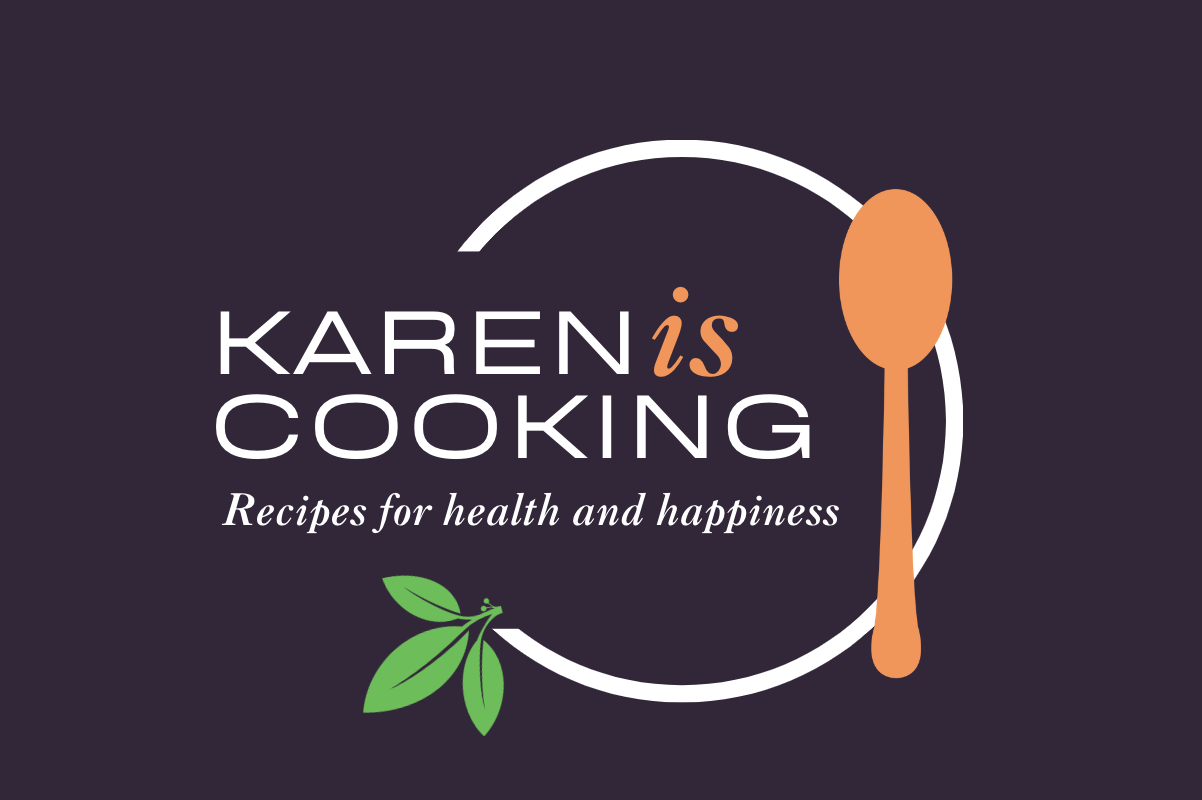Vanilla & Sage Lamb Roast
Does the pairing of vanilla and lamb seem somewhat odd to you? Well, using vanilla in savory dishes is one of the best culinary secrets that I am sharing with you right now! The delicious fragrance of vanilla is not just for ice cream and hot chocolate. Vanilla adds an ineffably voluptuous flavor to savory meat dishes. While it enhances chicken and beef quite beautifully, my personal favorite is to use it with lamb. Somehow, the gamey carnitine boldness of the lamb is made deliciously refine and exotic by the floral, beckoning aroma of vanilla.
In this roast, the vanilla bean is part of the seasoning rub, and also in the balsamic- vinegar reduction. All I can say is you must try it.
So, what is vanilla anyway? Where does it come from? Is it a bean, a pod, a seed? Does it grow on trees? Is it just for flavoring only, or does it contain health benefits too?
No need to scratch your head in a befuddled state any longer. Here are the basic facts, followed by a few amazing health benefits:
According to “The Story of Vanilla”, written by Chat Nielsen Jr., whose family co-founded Nielsen-Massey Vanillas Inc., vanilla originated from Mexico where it was known as Tlilxochitl by the Totonaco Indians, who were defeated by the Aztecs. That’s how Montezuma, King of the Aztecs, got hold of the Tlilxochitl vines, from which grew the Tlilxochitl pods, commonly known to us moderns as the vanilla bean. The mighty Montezuma drank an energy boosting libation made of ground corn, cacao beans, vanilla pods, and honey known as “chocolatl“. Unfortunately, this drink did not protect him or his subjects from the ruinous Cortez. The Spanish conquistador loved the chocolatl, but be-headed Montezuma, and then plundered and destroyed his kingdom. Fortunately for us, cacao beans and vanilla were introduced to the rest of the world by way of Cortez.
Now, is vanilla bean a bean or is it a pod, or what is it? Well, it is actually the fruit of an orchid. The pods hold tiny tiny tiny seeds within them. Of the countless varieties of orchids, only Vanilla plantifolia (found in Mexico, Bourbon Islands,Indonesia), and Vanilla tahitensis (found in Tahiti) produce an edible fruit. In order for the pods to develop, the flowers must be pollinated by hand. Once the pods have grown, and are picked, they need to be cured before they can be consumed.
And vanilla beans not only taste and smell sensational, they are good for you too!
It has a very high ORAC (Oxygen Radical Absorbance Capacity) value, which means that vanilla beans are very good as an antioxidant. High antioxidant foods prevent cellular damage, which means slower aging, a stronger immune system, and may prevent cancer.
Increases amorous mood (well, it has actually been shown to increase penile blood flow according to a study conducted by Dr. Alan Hirsch of the Smell and Taste Institute of Chicago. Other scents that produced similar results include pumpkin pie, licorice, and lavender.)
Calms anxiety. According to a study done at the Sloan-Kettering hospital, patients about to undergo a MRI scan showed a 65% decrease in anxiety and stress when they inhaled the sweet scent of vanilla.
Here, then is the recipe to indulge your senses and invigorate your health:
For the lamb
1 leg of lamb (about 2-1/2 lbs),de-boned
3 – 4 cloves garlic, peeled
2 – 3 sprigs thyme, remove the leaves from the stem
1 whole vanilla bean, sliced in half length-wise, scrape out the tiny seeds carefully with a paring knife (*don’t threw away the de-seeded pod!)
2 Tbsp. extra virgin olive oil
Sea salt & pepper, to taste
* Place the entire piece in honey to give it that wonderful scent. Of course, you can also place it into sugar, but please refrain from using the nasty white, processed stuff! Choose Sucanat, palm sugar, or xylitol instead.
First, make a seasoning rub with the garlic, thyme leaves, and olive oil. I love to use a mortar & pestle to grind the ingredients together.
Then, spread the rub onto the inside of the de-boned lamb. Also spread the vanilla seeds evenly across, and season with sea salt & fresh ground pepper.
Spread the garlic mixture and vanilla seeds
Pre-heat the oven to 425 degrees Fahrenheit. Meahwhile, tie the roast with kitchen twine and sear the entire piece on all sides. (I like to use a cast iron pan for this step.)
sear the lamb before placing in oven
Place it onto a roasting rack and place into oven when it has reached temperature. Lower the temperature to 325 degrees after 15 minutes, and continue to roast for approximately 30 minutes, or until the internal temperature reaches 130 degrees.
While the lamb is in the oven, prepare the reduction which will be drizzled over the meat.
For the Vanilla-Balsamic Reduction
1 vanilla bean, sliced open lengthwise, and scrap out the seeds
1-1/2 cups balsamic vinegar
Place the vinegar and de-seeded bean plus the seeds in a small sauce pan. Bring to a simmer on low heat and reduce the liquid by half. This may take about 15 minutes. It is best to keep your eyes on the pan, because if the vinegar is reduced too far, it will be too thick to pour well. Discard the bean (pod).
(You can also use this vanilla-balsamic reduction over grilled vegetables, baked chicken, or vanilla ice cream.)
When the lamb is ready, remove it from the oven and allow it to rest for about 10 minutes. Remove the string and cut into thin slices. Drizzle on the vanilla-balsamic reduction and serve immediately. This goes really well with sweet potatoes and sauteed kale. And don’t forget a glass or two of zinfandel or pinot noir. Salud!

